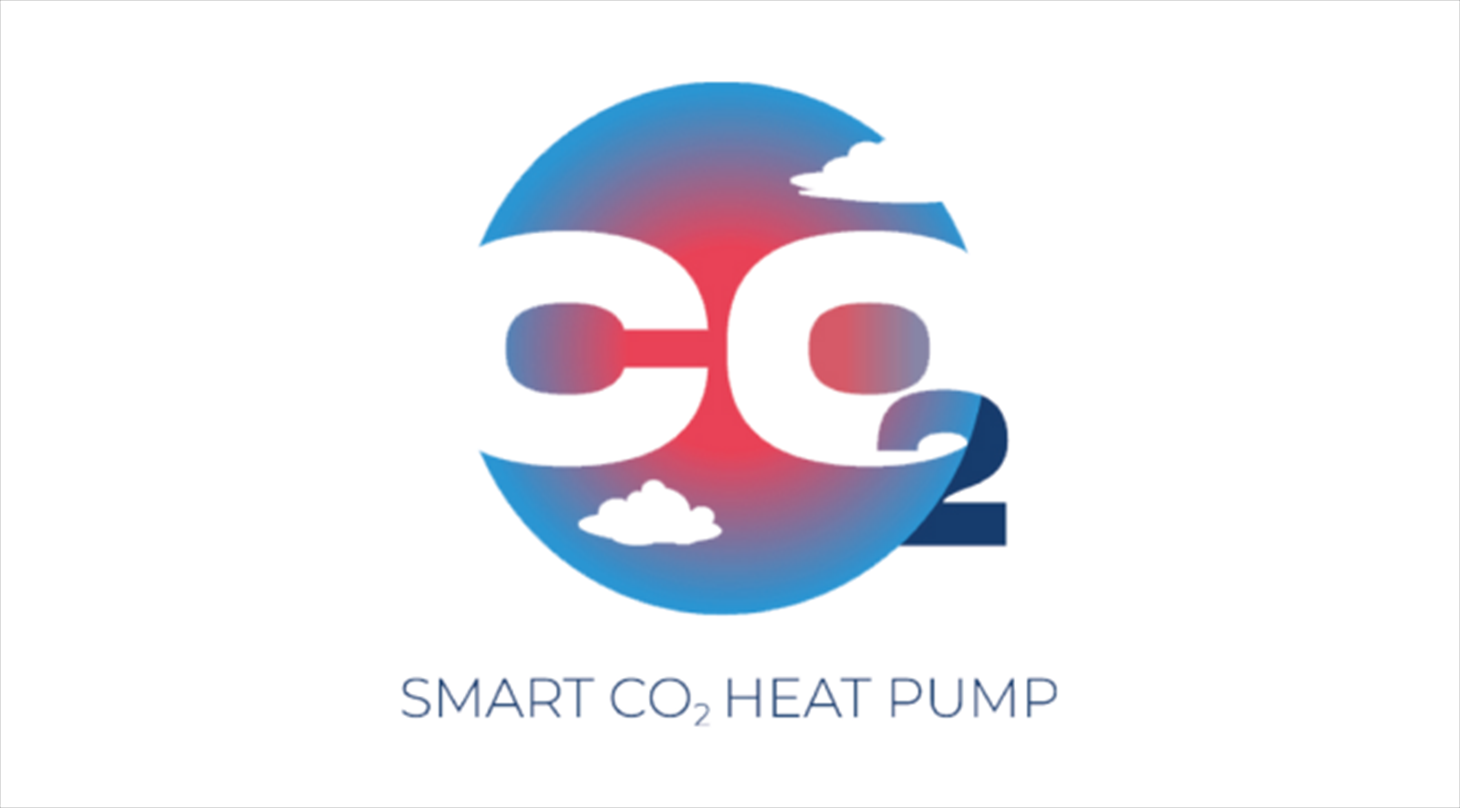
Smart CO2 Heat Pump
Select Page
Right now, Danish Technological Institute is participating in a project – called ‘Smart CO2 Heat Pump’ – which is about developing a heat pump unit with CO2 as refrigerant in the capacity range from 20 to 200 kW. In this capacity range, the number of installations is large, and the market potential is extensive counting several million installations in the EU. Apart from new installations, the need for replacement of fossil fuel boilers to minimize the gas dependency leads to the emergence of a new market.
Heat pump solutions with non-toxic and non-flammable natural refrigerants do not exist in the capacity range from 20 to 200 kW. At present, the existing heat pump units available in this market segment use the inefficient and environmentally problematic HFO refrigerants that are slightly flammable and contribute to increasing the TFA and PFAS pollution of our drinking water. Therefore, the project aims at closing this capacity gap and supply efficient and price competitive solutions.
Users of the new solution will be multifamily houses and smaller industrial, service, retail, and governmental/public buildings, and for those customers, apart from efficiency and price, the flammability and the toxicity of the refrigerant are very important factors. Therefore, CO2 is the perfect choice.
It is not an option to downscale the already existing solutions used for larger heat pumps since the price of the total solution is crucial for the heat pump range in focus. Therefore, a new innovative low-price type of CO2 heat pump cycle is needed. This necessitates the design of a new type of components for the heat pump solution. In addition to being price competitive, the solution must also be robust, plug and play for the installers, and very service friendly.
Online monitoring of the heat pump
A particularly innovative element of the project is connecting the heat pump unit to the ‘cloud’ to be able to monitor running conditions and use this knowledge to optimize the efficiency of the heat pump, predict maintenance, and fix issues caused by broken components until replacements are done. This means that it will be possible to keep the heat pump running until service is available. Moreover, to reduce the running costs, algorithms will be incorporated in the cloud solution that will monitor the electrical spot market prices and decide on the best running strategy for the heat pump.
Design of new components
To further increase the efficiency, there is a need for a new method of cold gas defrost instead of the traditional electrical defrost. In cold gas defrost, the heat pump is producing heat while defrosting, and it is not out of production during the defrost as is the case for electrical defrost. The evaporator needs to be an integrated part of the heat pump and divided into at least four sections. In this project, a new type of highly efficient evaporator using cold gas defrost will be designed.
Furthermore, a new type of plate heat exchanger for high pressure will be developed. Traditionally, plate heat exchangers for higher pressures are supported with an extra frame to increase the strength. This is costly, and therefore, a super effective new plate heat exchanger without the supporting frame will be developed.
Improved efficiency
Electrical boilers will run with an average efficiency of 100 %, which means that all the electrical energy will be transformed to heat. For the heat pump in this project, the COP is estimated to be between 3 and 5, depending on the running conditions. This means that for each kW of electricity, the heat pump will produce 3 to 5 kW of heat and thereby have an efficiency of 300 to 500 %.
About the project
In this project, which will run for three years (starting January 2023), Danish Technological Institute will collaborate with a wide range of partners:
- Fenagy, Bitzer Electronics, Danfoss, Kelvion, LU-VE, Salling Group, CO2X, Aarhus University and Reftronix.
The project receives funding from EUDP.
The project in brief
|